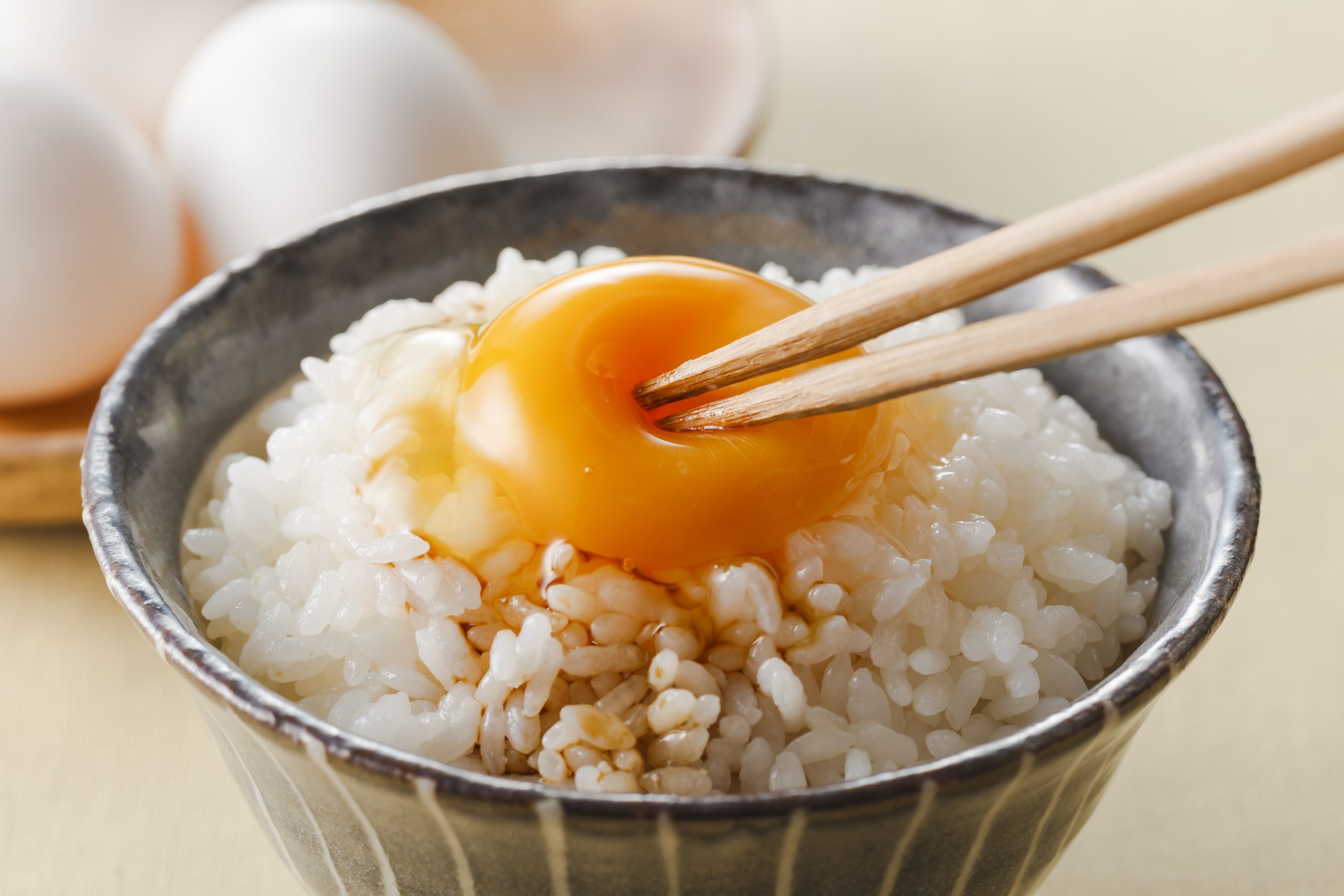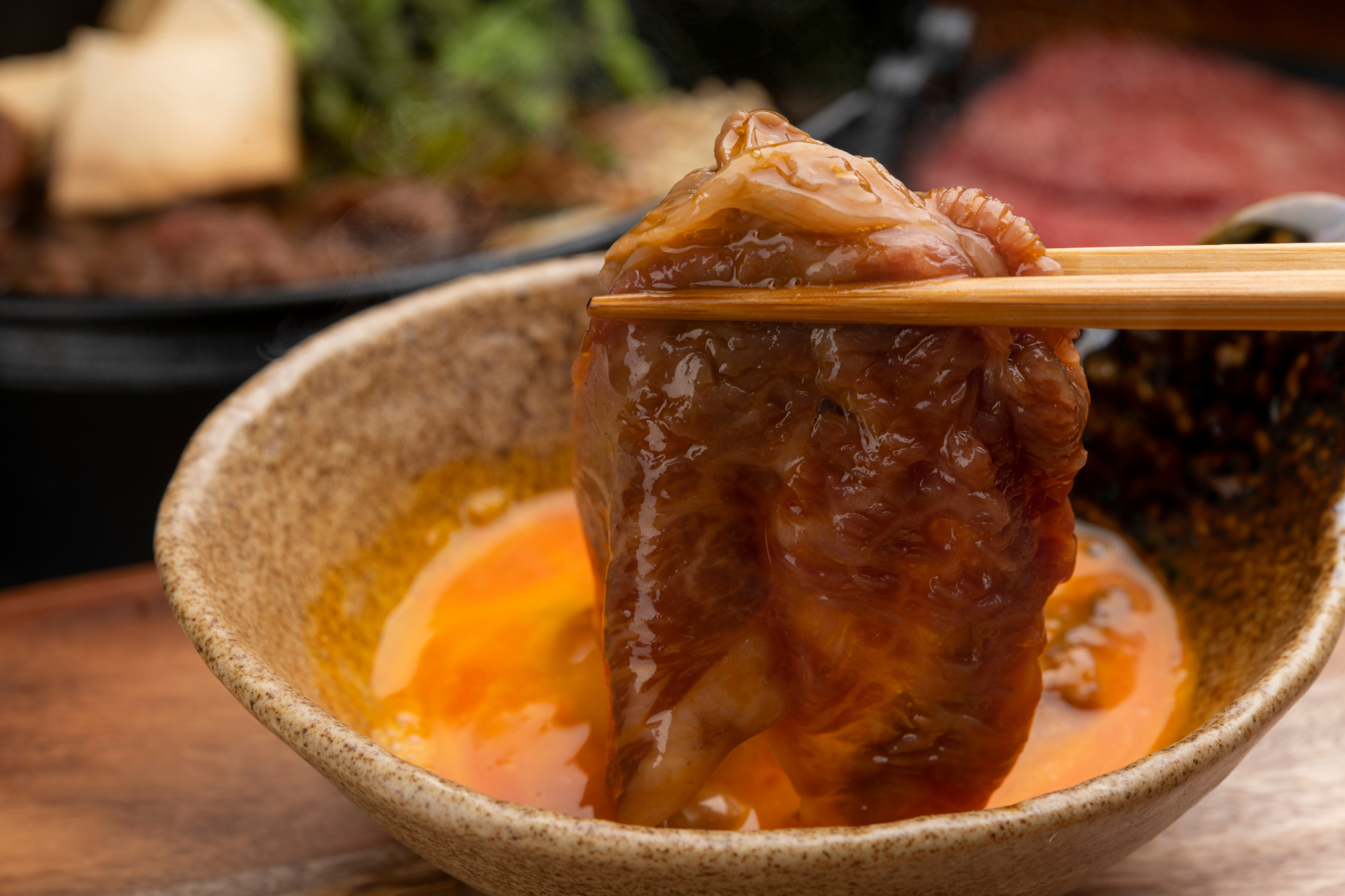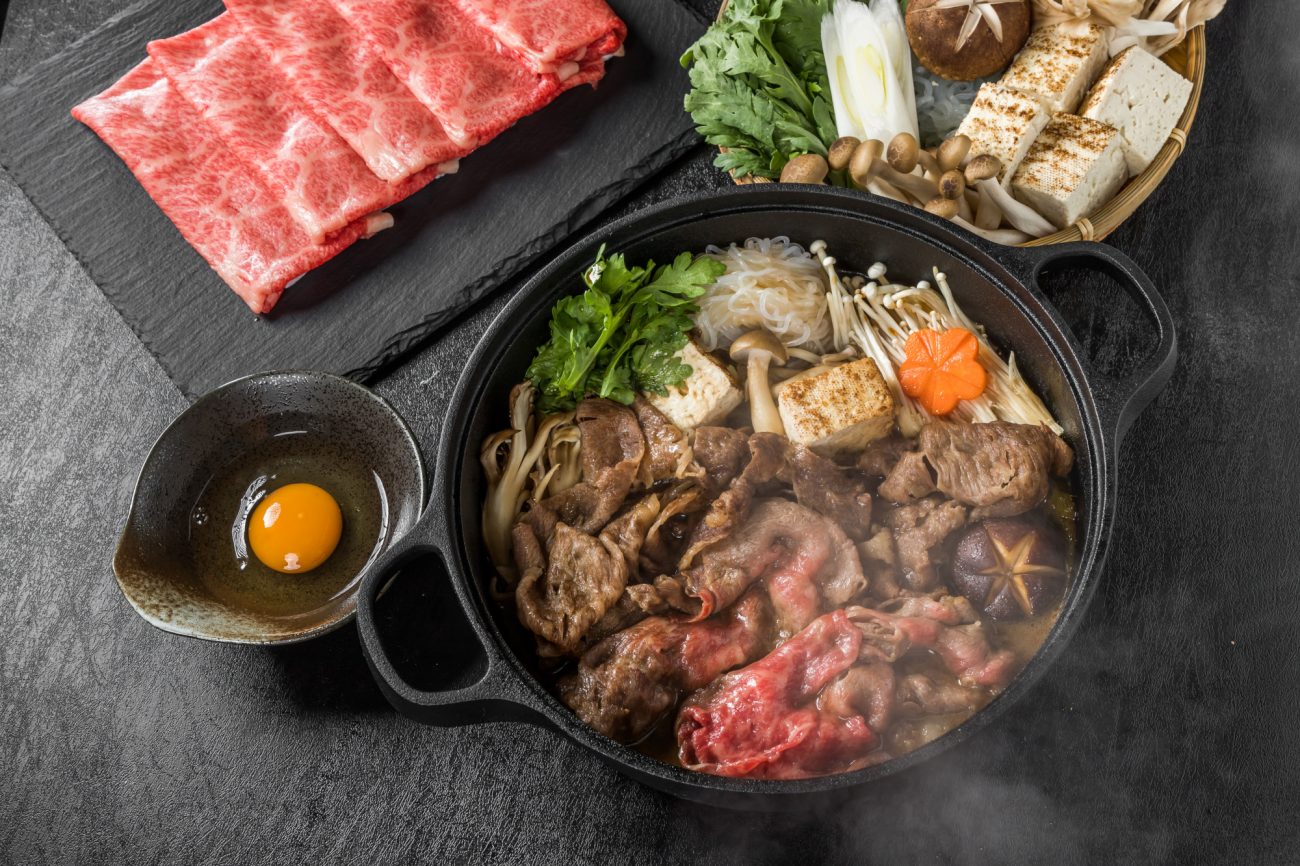For Japanese people, eggs are an essential part of their daily diet. According to the International Egg Commission (IEC) (1), Japan is second only to Mexico in the number of eggs consumed per capita per year; according to data from 2020, 340 eggs per capita per year are consumed. It means that Japanese consumers eat eggs almost every day. Eggs are considered easy to prepare, and in addition to that, eggs are a food with high nutritional value because they contain abundant protein, fat, vitamins, minerals, and other nutrients.
Culture of Eating Raw Eggs
Since eggs are such a familiar food, the Japanese have developed a unique culture of eating eggs. The most distinctive characteristic is the use of “raw” eggs. Compared to other countries, eggs in Japan are considered to be much less contaminated by salmonella, one of the causes of food poisoning, and therefore, raw eggs can be eaten without worry.
The most popular way to eat raw eggs is “Tamagokakegohan” (TKG). All you need to do is place a raw egg on top of rice and pour a little soy sauce over the top. Because of its simplicity, people enjoy TKG with different arrangements of condiments and other ingredients.

Raw eggs are also sometimes used as sauce. There is a Japanese dish called sukiyaki, in which meat and vegetables are grilled or stewed in an iron pot. Soy sauce, sugar, sake, and other seasonings are added to make a sweet and spicy taste, and the ingredients are dipped into the beaten egg.

What Japanese Consumers Expect in an Egg
The deciding factors for Japanese consumers when purchasing eggs are price, egg size, whether they are made in Japan, shell color, shelf life, yolk color, and freshness. In other words, other than physical properties, what Japanese people look for in eggs is that they are safe and secure to eat and that they look delicious.
Panaferd® is used in Japan to feed layers. If people are particular about the place of origin and the source of the eggs, they will also want to be particular about the way they are raised. By using Panaferd®, a supplement made by a naturally occurring fermentation and culture method, poultry farmers are able to produce eggs that are safer, more secure, and have a delicious golden color.
1. Connecting the Global Egg Industry | International Egg Commission



